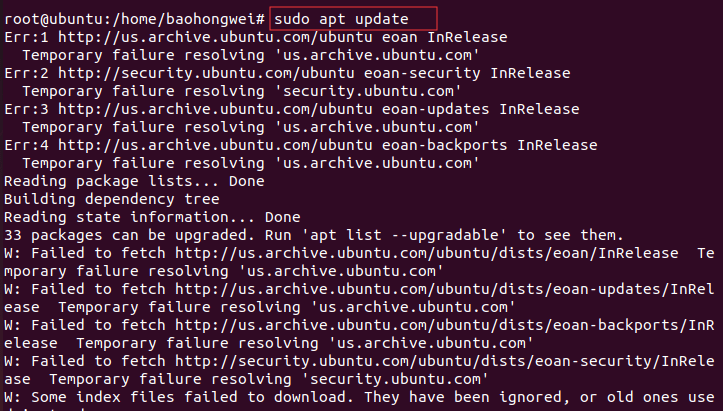The ‘locate command not found’ error can be a frustrating roadblock when trying to find files on your system. This guide will delve into the causes of this error, provide step-by-step instructions for resolving it, and explore alternative tools for locating files.
Whether you’re a seasoned system administrator or a novice user, this comprehensive overview will equip you with the knowledge and tools to overcome this challenge and efficiently manage your files.
Locate Command Not Found
The locate command is a powerful tool for finding files on a system. It is similar to the find command, but it is much faster because it uses a database to keep track of the location of files. The locate command is typically used to find files that are not in the current directory or that have been moved or renamed.
Why Might the Locate Command Not Be Found?
There are a few reasons why the locate command might not be found. One reason is that it may not be installed on your system. Another reason is that the database used by the locate command may be out of date.
Finally, the locate command may not be in your system’s PATH environment variable.
How to Fix the Locate Command Not Found Error

If the locate command is not found, you can try the following steps to fix the error:
- Install the locate command. On Debian-based systems, you can install the locate command with the following command:
- Update the database used by the locate command. On Debian-based systems, you can update the database with the following command:
- Add the locate command to your system’s PATH environment variable. On Debian-based systems, you can add the locate command to your PATH environment variable with the following command:
sudo apt-get install locate
sudo updatedb
export PATH=$PATH:/usr/bin/locate
Alternatives to the Locate Command

If the locate command is not available or does not work for you, there are a few alternatives that you can use.
- The find command is a more versatile tool than the locate command, but it is also slower. The find command can be used to find files based on a variety of criteria, including file name, file type, and file size.
- The which command can be used to find the location of a command on your system. The which command is typically used to find the location of commands that are not in your system’s PATH environment variable.
- The whereis command can be used to find the location of a file or command on your system. The whereis command is similar to the which command, but it also provides information about the file’s size and type.
Examples of Using the Locate Command

The following are some examples of how to use the locate command:
- To find all files with the name “file.txt”, you can use the following command:
- To find all files with the name “file.txt” in the current directory and its subdirectories, you can use the following command:
- To find all files with the name “file.txt” that are owned by the user “user”, you can use the following command:
locate file.txt
locate-d file.txt
locate-u user file.txt
Tips for Using the Locate Command Effectively

Here are a few tips for using the locate command effectively:
- Use the -d option to search in the current directory and its subdirectories.
- Use the -u option to search for files that are owned by a specific user.
- Use the -i option to search for files that are case-insensitive.
- Use the -r option to search for files that match a regular expression.
Essential Questionnaire: Locate Command Not Found
What is the purpose of the locate command?
The locate command is a powerful tool used to quickly find files on a system by searching through a database of file locations.
Why might the locate command not be found?
The locate command may not be found if it is not installed or if the database has not been updated.
How can I fix the ‘locate command not found’ error?
To fix this error, you can install the locate package or update the database using the ‘updatedb’ command.
